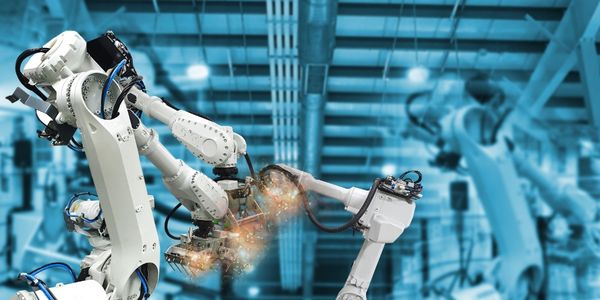- Application Infrastructure & Middleware - Event-Driven Application
- Robots - Wheeled Robots
- Equipment & Machinery
- Telecommunications
- Procurement
- Continuous Emission Monitoring Systems
Foodvisor is a mobile application that provides a nutritional guide to its users. The app allows users to track their diet and achieve their health goals through personalized programs. Users can easily log their food intake by taking a photo of their meal. The app then uses in-house developed algorithms to analyze the photo, recognize each item, and estimate its quantities. From a single photo, users can obtain the nutritional information of their meal. The company has been developing Foodvisor for six years, with a strong commitment to reducing its carbon footprint.
Foodvisor, a mobile nutrition tracking application, was faced with the challenge of its significant carbon footprint. The company's primary source of emissions was its servers, which were responsible for 42% of its total carbon emissions. The process of users sending photos of their meals to the servers for analysis also contributed significantly to the company's carbon footprint. The founders, driven by personal conviction, were keen to understand and reduce the impact of their company's activities on the environment. They were particularly interested in the carbon impact of their digital operations, which they identified as a major area of focus.
To address its carbon footprint, Foodvisor decided to relocate its servers to France to leverage the country's low-carbon energy mix. The company also aimed to reduce the size of the photos sent to its servers, thereby reducing the carbon impact of this process. They even considered eliminating the need to send photos altogether by shifting the analysis directly to the user's device. Additionally, Foodvisor implemented measures to limit emissions linked to the purchase of products and fixed assets. This included encouraging the purchase of reconditioned computer equipment and extending the lifespan of their equipment before replacement. The company also planned to offset the emissions it could not reduce through a partnership with Greenly.

Case Study missing?
Start adding your own!
Register with your work email and create a new case study profile for your business.
Related Case Studies.









